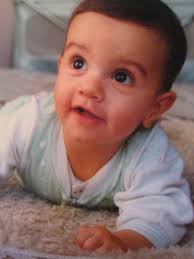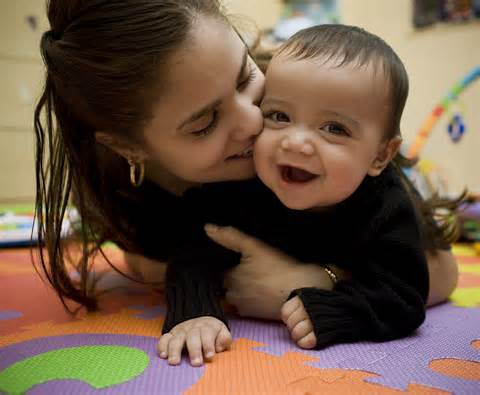
These naps serve a vital role in your child’s development. While naptime does allow you to get your adult chores done or to take a break from parenting for a short while, naptime also facilitates physical and mental development. Sleep, both during the day and the night, allows your child’s brain to process everything that they’ve seen or interacted with since the last time they went to sleep.
Unfortunately, like most things that are good for your child, just because something is beneficial to them doesn’t mean they want to participate. Naptime and bedtime can be a giant source of contention whether your child is an infant or a toddler. Fortunately, however, there are methods you can adopt to make naptime and bedtime go much more smoothly.
Keep a Routine
You may have read or heard about how beneficial a routine is for your child, and when it comes to their nap and bedtime schedules, this is especially true. Keeping a routine when it comes to their sleep schedule means their body clock will set itself to the schedule, and they’ll start to get drowsy at the same time every day. Maintain the same bedtime, wake-up time, and nap time every day.
Your routine leading up to naptime and bedtime should be the same every day as well. Having a “let’s get ready to sleep” activity, like reading a specific book or getting a specific stuffed animal to sleep with will help your child start to fall asleep quickly. Even if your toddler doesn’t actually sleep during naptime, ensure that they lay down and be quiet during that scheduled time.
Keep Their Bedroom “Sleep-Ready”
It can be easy to accidentally keep your child up by not remembering to make your child’s sleep area ready for actually sleeping. Turning the lights off, keeping the appropriate number of blankets in the bed or crib, not putting them down with a sugary drink, and keeping the shades drawn can help the “sleepy” atmosphere in their bedroom.
Keeping a calming tone to the room, along with playing some white noise or a soothing back rub after you put them down, will help lull your child to sleep.
Keep your Infant or Toddler in the Crib or Bed if They’re Drowsy
It can be comforting to hold your child and rock them to sleep, both for you and your child. However, this can end up being disruptive to your child’s sleep cycle. Children can often wake up as you put them down into their bed or crib and can promote waking up in the evening. When your child starts to become drowsy or yawning, that is the optimal time to put them down. This also will help your child to put themselves to sleep and self-comfort instead of relying on you or someone else to help them get to sleep.
Contact Primary Beginnings today
If you’re looking for more information about nap schedules at Primary Beginnings or are simply looking to get more information about our preschool and child care programs, contact us.




